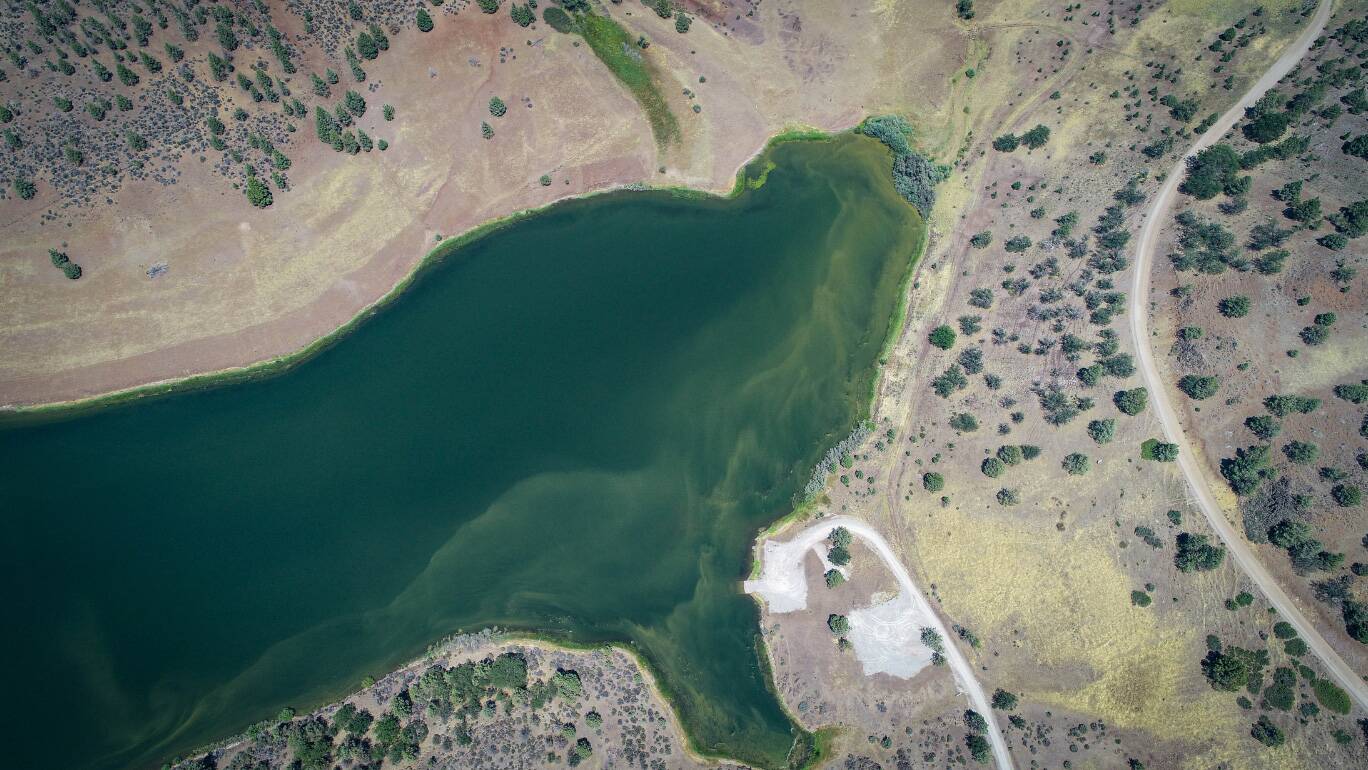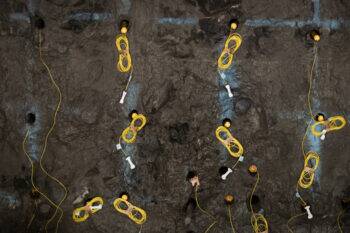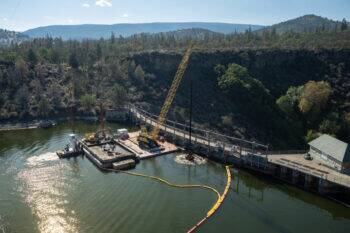My favorite types of rivers have always been wild rivers — rivers that I know are flowing free and natural. Those are the areas that seem to speak to me the most. The more developed a river gets, the more it starts to feel like plumbing. That’s how I feel when I visit the dams on the Klamath River. Something just doesn’t sit right deep within my soul.
I recently had the opportunity to visit the mid-Klamath Basin for a sneak peak of summer conditions on Iron Gate reservoir and the main stem Klamath River. It hurts the soul to see what Iron Gate reservoir looks like in the middle of summer when it’s hot and dry. The lake is a horrible green color, and the algae blooms are prolific through July and August. It looks completely uninhabitable to fish and wildlife, although there are some critters that manage to hold on out of necessity. Picture a very hot and dry canyon in which 90% of what you see on a terrestrial level is dried brown grass punctuated by hot dry outcroppings of red and brown stone. The vegetation is scarce and dominated by scrub oak and brush. There are very few tall pines or large Black Oak trees here. It is unlike all other parts of the Klamath River. The mid-Klamath area near Hornbook is actually one of the driest and most arid eco types that the river transcends.

An algal bloom stretches across Iron Gate reservoir, the green and brown colors undulating in patterns created by sub currents and wind.
Hope is on the way. Deconstruction for the dam removal process is happening — and at a fast pace! Just driving through Hornbrook looks much different this year than it did last year. The company Resource Environmental Solutions (RES) bought property along the river to set up a base camp to manage their restoration efforts both pre-and post-dam removal. They will be handling much of the restoration and re-vegetation once the dams come out. This includes extensive work with the local tribes and others to collect millions of native plant seeds over the past several years. Those new plants have been started and propagated in nurseries so that viable starts are ready to go as soon as the construction site is stabilized and revegetation can begin.
Some of the hatchery fish holding ponds at the base of Iron Gate dam have been removed as well. There is water coming out of the spillway next to the dam. They are building large staging areas at both Copco and Iron Gate for equipment. They are also working on holes in the dam walls to begin to them simultaneously starting this winter. It’s amazing to see all the changes taking place, and I highly recommend having a drive up there if you’re in the area.
Here's to the future – I look forward to seeing what it holds for the Klamath River.















